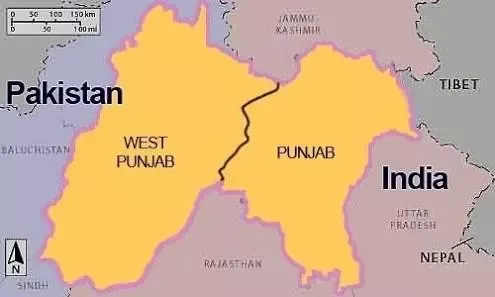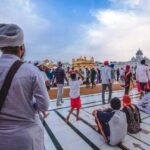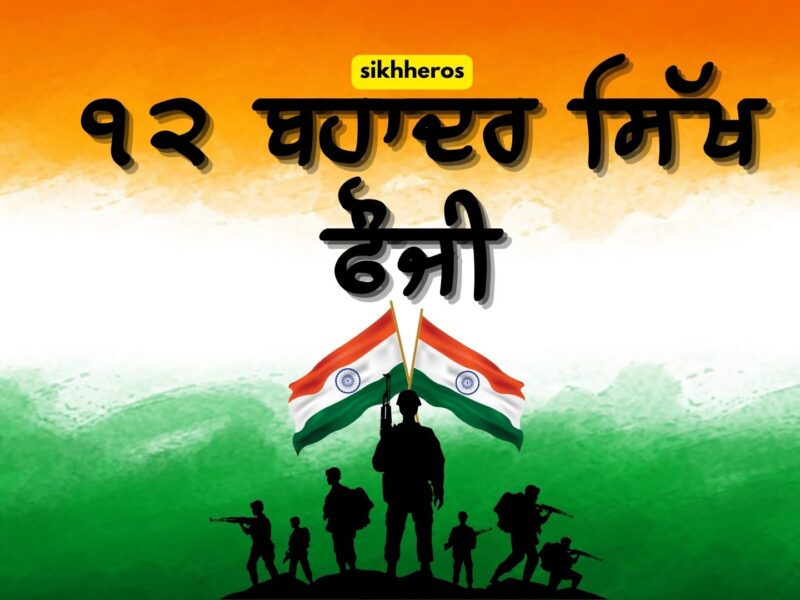The partition of Punjab between India and Pakistan in 1947 was a significant event that accompanied the larger partition of the Indian subcontinent. The division of Punjab, a region historically known for its rich cultural heritage and agricultural abundance, resulted in massive violence, displacement, and the uprooting of millions of people. This essay will explore the factors and events that led to the partition of Punjab and its consequences.
Background: Before the partition, Punjab was a province under British colonial rule. It was home to a diverse population comprising Muslims, Hindus, and Sikhs. The demand for a separate Muslim homeland, which eventually led to the creation of Pakistan, gained momentum in the early 20th century. The All-India Muslim League, led by Muhammad Ali Jinnah, championed the cause of Muslim identity and sought a separate nation for Muslims in the subcontinent. It was linked to intense violence over six months, substantial population movements (about ten million), and major government participation in evacuating and defending the refugees.
According to one account, the forced migration of Punjab’s Hindu, Sikh, and Muslim people was “on a scale unparalleled in the history of the world.” 114 (Singh and Sharma). Approximately 5.5 million Muslims moved to West Punjab, whereas 4.5 million Hindus and Sikhs relocated to East Punjab.
Factors Leading to Partition
Religious and Communal Tensions
The partition of Punjab was primarily driven by religious and communal tensions between the Muslim and non-Muslim communities. The demand for a separate Muslim nation fueled by the fear of Hindu dominance, coupled with Hindu and Sikh resistance to the idea of partition, created a volatile atmosphere.
Two-Nation Theory
The Two-Nation Theory, propagated by the Muslim League, argued that Hindus and Muslims were separate nations with distinct cultural, religious, and political identities. The theory laid the groundwork for the demand for a separate Muslim nation, leading to the eventual division of Punjab.
Political Negotiations
As the British prepared to grant independence to the Indian subcontinent, negotiations between various political parties took place to determine the future of the region. The British decision to divide the subcontinent along religious lines fueled the demand for separate states, including the partition of Punjab.
Communal Violence
The communal violence that erupted in Punjab during the partition played a significant role in the division of the region. Attacks, riots, and retaliatory violence between Muslim, Sikh, and Hindu communities escalated, leading to a breakdown of law and order.
Events and Consequences
Boundary Commission
In June 1947, the British government appointed the Radcliffe Commission to demarcate the boundaries between India and Pakistan. The commission was tasked with determining the borders based on religious demographics, economic viability, and geographical considerations.
Mass Migration and Violence
The partition of Punjab resulted in the mass migration of millions of people across the newly drawn borders. Hindus and Sikhs from Pakistan moved to India, while Muslims from India migrated to Pakistan. The migration process was marred by violence, with numerous incidents of killings, abductions, and sexual violence.
Division of Assets
The partition also involved the division of assets, including land, infrastructure, and resources. This process further complicated the already tense situation and led to disputes over property ownership and rights.
Displacement and Loss of Life
The partition of Punjab resulted in the displacement of an estimated 14 to 17 million people. The violent nature of the division led to the loss of countless lives and the destruction of homes and livelihoods.
Socioeconomic Impact
The partition had a profound socioeconomic impact on both sides of Punjab. The division disrupted agricultural practices, trade routes, and economic stability. The migration of skilled workers and professionals further affected the region’s development.
Cultural and Social Changes
The partition also led to significant cultural and social changes in Punjab. Communities that had lived together for centuries were now divided, leading to the loss of shared cultural heritage and traditions. The partition also resulted in the redefinition of regional identities based on religious lines. Punjab has been a key location for British India’s military recruiting. Punjabi troops made up 48% of the Indian army at the outbreak of the Second World War. The enormous number of demobilized troops in Punjab, who mostly belonged to the Muslim and Sikh populations, engaged in violence against one another after the Second World War. In addition to owning firearms, these ex-servicemen were properly educated in the use of those weapons, and their previous military service made the brutalities they committed deadly.
The partition of Punjab in 1947 was a traumatic and devastating event in the history of the region. The religious and communal tensions, political negotiations, and subsequent violence resulted in the division of Punjab between India and Pakistan. The consequences of the partition were far-reaching, with mass migration, displacement, loss of life, and socioeconomic disruptions. The scars of the partition continue to impact the region to this day, underscoring the importance of promoting peace, understanding, and reconciliation between India and Pakistan.








